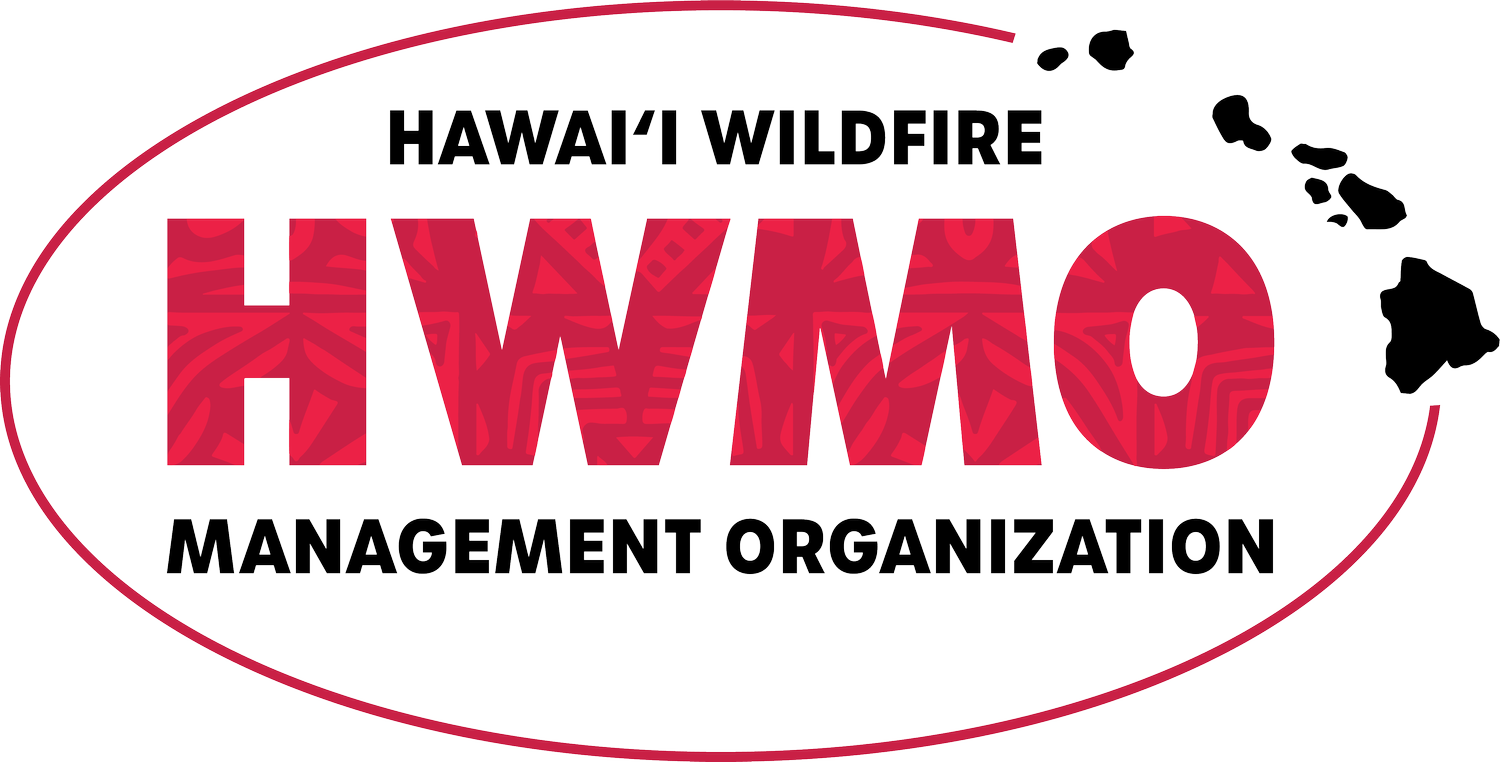California's Drought Heightens Fear of Fire Season
From the Source:
"There is no relief in sight from the historic drought ravaging every corner of California, and where there's drought, there's fire. In the thick of winter and normally wet months, 545 fires have broken out so far this year, burning 1,142 acres.
That is a staggering 330 percent increase in fires over the same Jan. 1 to Feb. 15 period last year and a 150 percent jump in burned acreage...
Current conditions are as severe as during the hottest summer months, and Cal Fire is bracing for the worst. It has already brought in 125 additional firefighters, who normally come on board when fire season starts in late May in the North and in June in Southern California...
There is enough water to fight fires now, [Capt. Michael] Mohler said, but he added a note of warning to the state’s residents and urged them to conserve supplies.
We’re reminding California residents that not only is it important to save water for the environment and human consumption but for firefighting,' he said."










